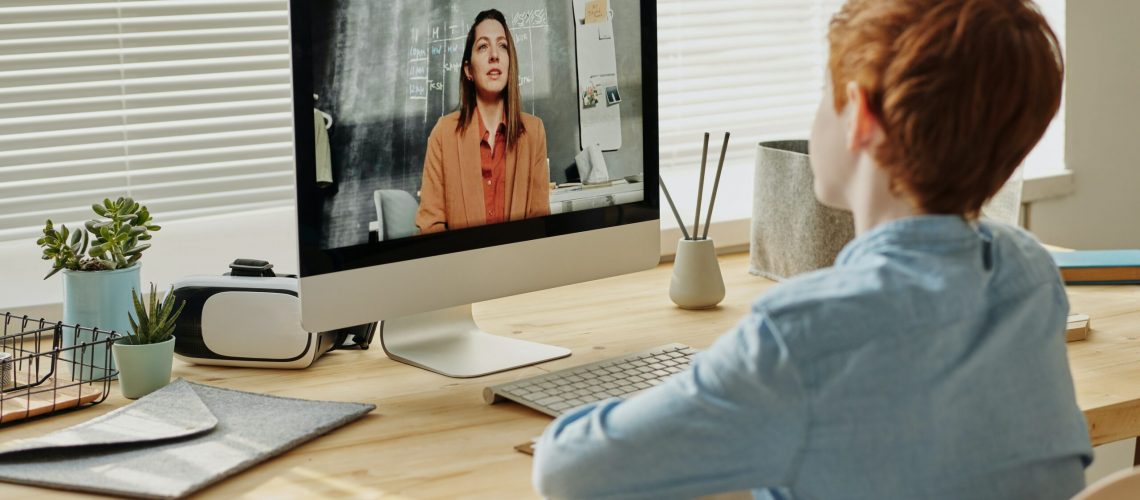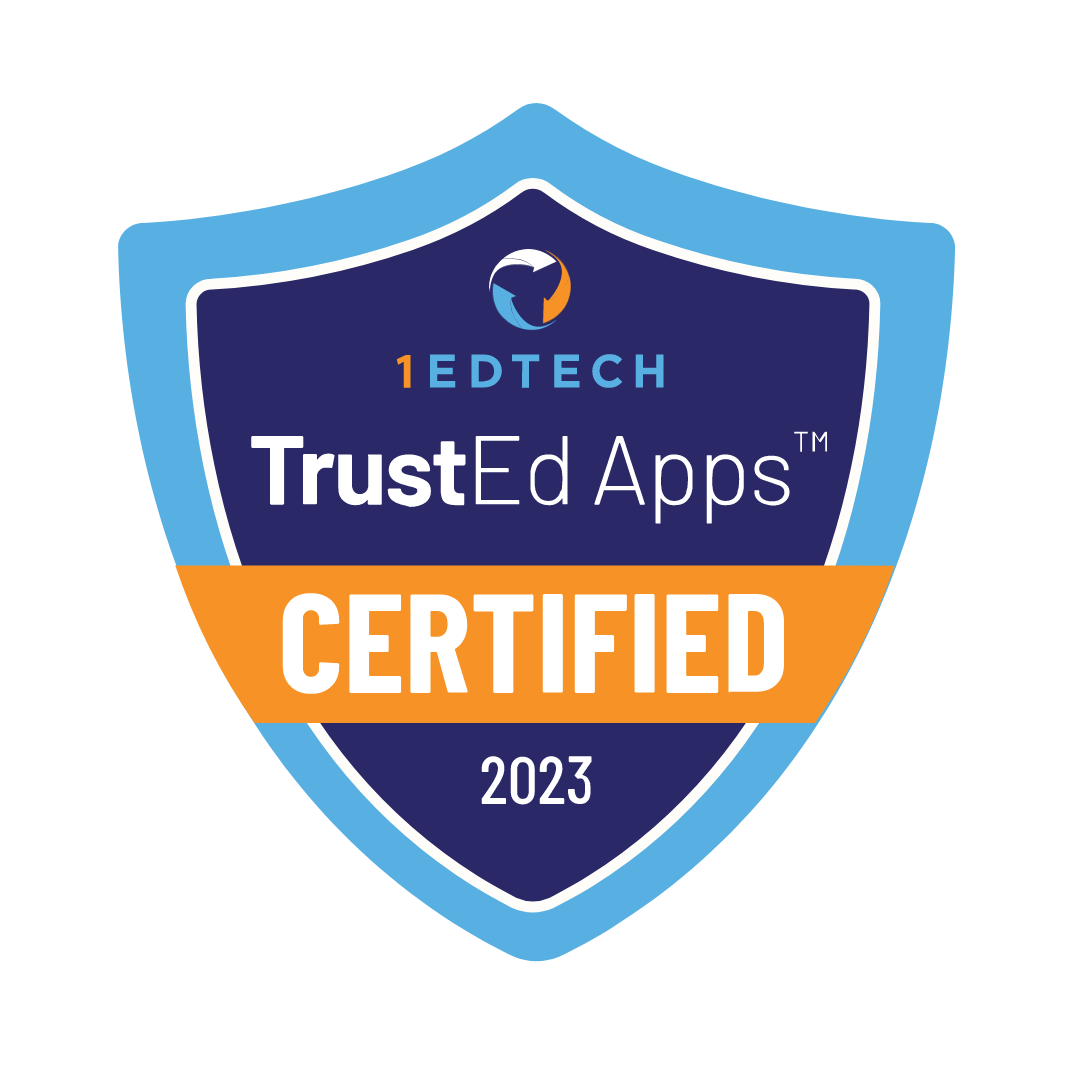Contents
L’apprentissage virtuel est un style d’éducation dans lequel les étudiants apprennent par le biais de plateformes numériques et de la technologie au lieu d’aller dans des salles de classe physiques. Cette méthode est un moyen flexible et interactif d’obtenir une éducation n’importe où, n’importe quand avec une connexion internet. L’apprentissage virtuel offre des cours en ligne, des cours flexibles et des sessions d’apprentissage en temps réel qui sont efficaces pour différents styles d’apprentissage. Dans cet article, nous examinerons les avantages et les défis de l’apprentissage virtuel, nous verrons comment améliorer l’expérience d’apprentissage en ligne et nous nous pencherons sur les tendances futures de l’éducation numérique.
Qu’est-ce que l’apprentissage virtuel et comment fonctionne-t-il ?
L’apprentissage virtuel est une méthode d’enseignement dans laquelle les étudiants utilisent des outils et des technologies en ligne pour étudier en dehors des salles de classe traditionnelles. Il s’agit d’une méthode très flexible et accessible aux apprenants du monde entier. L’apprentissage virtuel comprend plusieurs formats d’apprentissage. Les étudiants peuvent accéder au matériel pédagogique, participer à des cours en direct ou enregistrés, prendre part à des discussions et effectuer des travaux sur des plateformes numériques. L’apprentissage virtuel utilise divers outils pour rendre les cours interactifs et intéressants, comme la vidéoconférence, les forums de discussion et les tests en ligne.
Avantages des écoles virtuelles pour les élèves

Les écoles virtuelles offrent plusieurs avantages qui rendent l’apprentissage plus agréable et plus pratique pour tous les étudiants. Voici quelques-uns des principaux avantages des écoles virtuelles.
- Les écoles virtuelles offrent une flexibilité qui permet aux étudiants d’apprendre à leur rythme. Cela permet de concilier l’enseignement avec d’autres activités et responsabilités.
- Ces écoles offrent aux étudiants la possibilité de s’instruire n’importe où et à n’importe quel moment. Cela est particulièrement bénéfique pour les étudiants qui vivent dans des régions éloignées.
- L’apprentissage personnalisé offert par les écoles virtuelles permet aux étudiants de disposer d’outils et de ressources en ligne adaptés à leur style d’apprentissage unique.
- Les écoles virtuelles mettent l’accent sur l’apprentissage à son propre rythme, ce qui permet aux étudiants d’apprendre la matière à leur propre vitesse.

Les défis de l’enseignement virtuel
L’école virtuelle offre de nombreux avantages, mais elle présente aussi certains défis. Ces défis affectent le processus d’apprentissage et l’engagement des élèves. Voici quelques-uns des principaux défis posés par les écoles virtuelles.
- Il peut être difficile de maintenir la motivation et la concentration des étudiants dans une classe virtuelle, car il n’y a pas d’interaction en face à face.
- Des problèmes tels que de mauvaises connexions Internet ou des problèmes technologiques peuvent interrompre l’apprentissage et ennuyer les étudiants.
- Il est difficile de réaliser des activités pratiques, comme des expériences scientifiques ou des projets artistiques, dans un environnement virtuel.
- Tous les élèves ne disposent pas de la technologie nécessaire, comme un bon Internet ou des appareils, ce qui peut affecter la qualité de leur éducation.
- L’apprentissage virtuel donne parfois l’impression d’être isolé, car les étudiants n’ont pas suffisamment d’interactions sociales et d’activités de groupe comme dans les salles de classe traditionnelles.
Pour relever ces défis, des stratégies bien pensées sont nécessaires. Selon les recherches menées par Fredricks, Blumenfeld, et Paris (2004),
l’engagement des étudiants dans l’apprentissage en ligne est plus élevé lorsque des leçons interactives et un retour d’information immédiat sont disponibles. Ainsi, pour maintenir l’implication des étudiants, il est très important de se concentrer sur la création d’expériences d’apprentissage attrayantes.
Des écoles comme la Legacy Online School développent activement des stratégies pour relever ces défis. Elles offrent des ressources telles que des conseillers pédagogiques pour vous aider dans le processus d’inscription, répondre à vos questions et s’assurer que Legacy est le bon choix pour votre enfant.
Améliorer l’expérience d’apprentissage virtuel
Pour rendre l’apprentissage virtuel plus efficace, il est important de maintenir l’intérêt des étudiants. Les écoles en ligne peuvent y parvenir en combinant des techniques issues de l’apprentissage en ligne et de l’apprentissage hybride. Ces techniques comprennent l’ajout d’activités interactives, l’utilisation du multimédia et le travail en groupe virtuel. La technologie joue également un rôle important dans la création d’un environnement d’apprentissage attrayant. Les enseignants conçoivent des cours intéressants et organisent des activités de groupe pour couvrir les différents besoins d’apprentissage et rendre l’enseignement plus efficace.
Tendances futures de l’éducation virtuelle

La technologie apporte des changements passionnants à l’éducation et à l’apprentissage virtuel. Il est de plus en plus facile pour les étudiants de participer à des cours en ligne et de travailler avec leurs camarades de classe selon de nouvelles modalités. Ces développements rendent l’apprentissage en ligne plus personnalisé et plus flexible, et parfois même remplacent les salles de classe traditionnelles. Au fur et à mesure que l’apprentissage virtuel se développe, il aura un impact encore plus important sur l’éducation. Les méthodes numériques et traditionnelles se rejoignent aujourd’hui pour mieux répondre aux besoins des étudiants du monde entier.
Howard Gardner, psychologue et professeur à l’université de Harvard, estime que l’apprentissage virtuel peut être modifié pour s’adapter aux différents styles d’apprentissage et rendre l’éducation plus efficace.
“Les plateformes d’apprentissage virtuel peuvent s’adapter à différents types d’apprenants et offrir des expériences éducatives personnalisées, ce que les salles de classe traditionnelles ne peuvent souvent pas faire.”
Howard Gardner
Conclusion
L’apprentissage virtuel révolutionne l’éducation car il est flexible, accessible et personnalisé. Bien qu’il y ait encore des défis à relever dans ce domaine, des développements sont en cours pour rendre l’enseignement en ligne plus efficace. Avec le mélange des méthodes virtuelles et traditionnelles, l’avenir de l’apprentissage promet des possibilités encore plus grandes et plus adaptables pour les étudiants.








